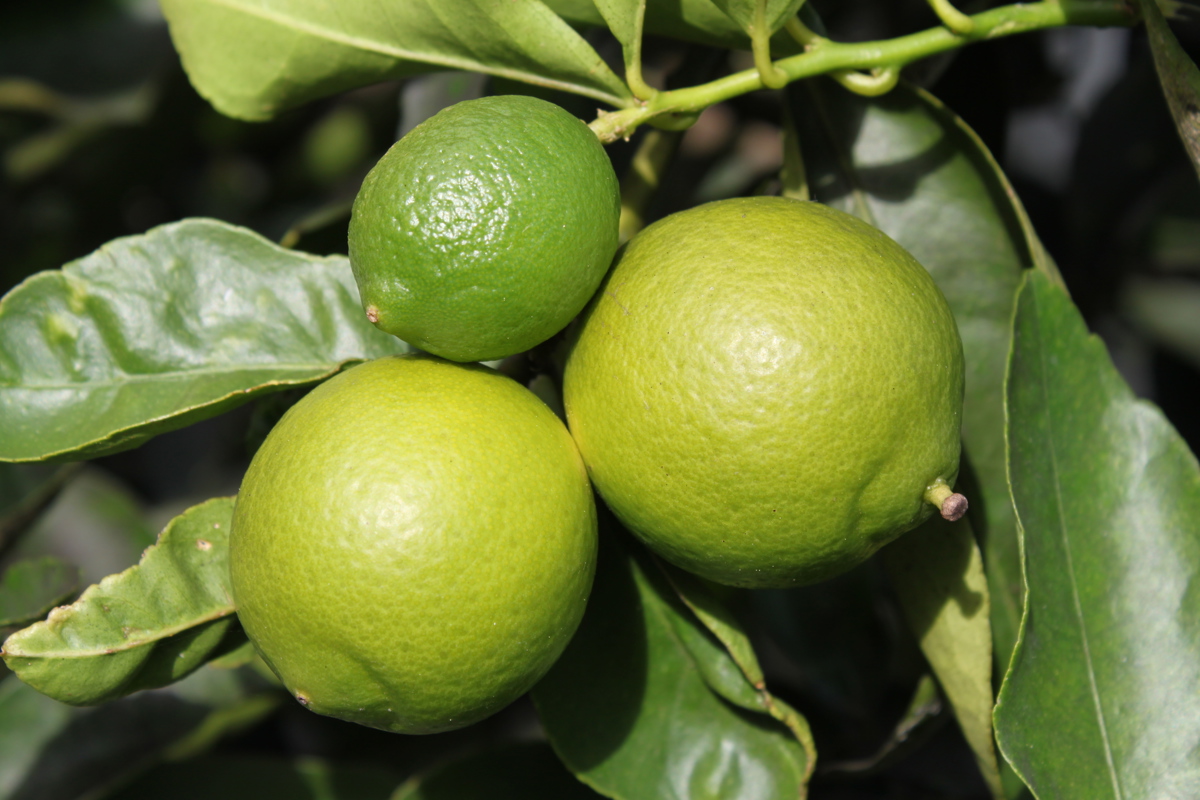Physical characteristics
Flowers and foliage
Small, highly
Preferred site
Citrus prefer shelte
Preparation for planting
All citruses prefer well-drained fertile soil, so use gypsum to loosen heavier soils if requi
Maintenance tips
Apply mulch
Citrus are heavy croppers, so in the first few years, it is recommended that all fruit is removed. This will ensure the tree puts its energy into growth. In subsequent years, early removal of approximately 1/3 of heavy crops is best. If fruit is left on the plant, the weight will damage the tree and the resulting fruit will be of poor quality. Removal of a portion of fruit will also guard against bi
Pruning is only requi
Ecological and biodiversity benefits
Attracts bees.
Pests and diseases
Citruses are susceptible to magnesium deficiency, shown by
Location at Auckland Botanic Gardens
Orchard



.jpg)
.jpg?width=1200&height=1200&v=1d4024dceb89e50)

.jpg?width=1200&height=1200&v=1d5569224d63650)
 .jpg?width=1200&height=1200&v=1d4024df6ce2770)
.jpg?width=1200&height=1200&v=1d55676a892f2b0)
 .jpg?width=1200&height=1200&v=1d4024e3b65f7f0)